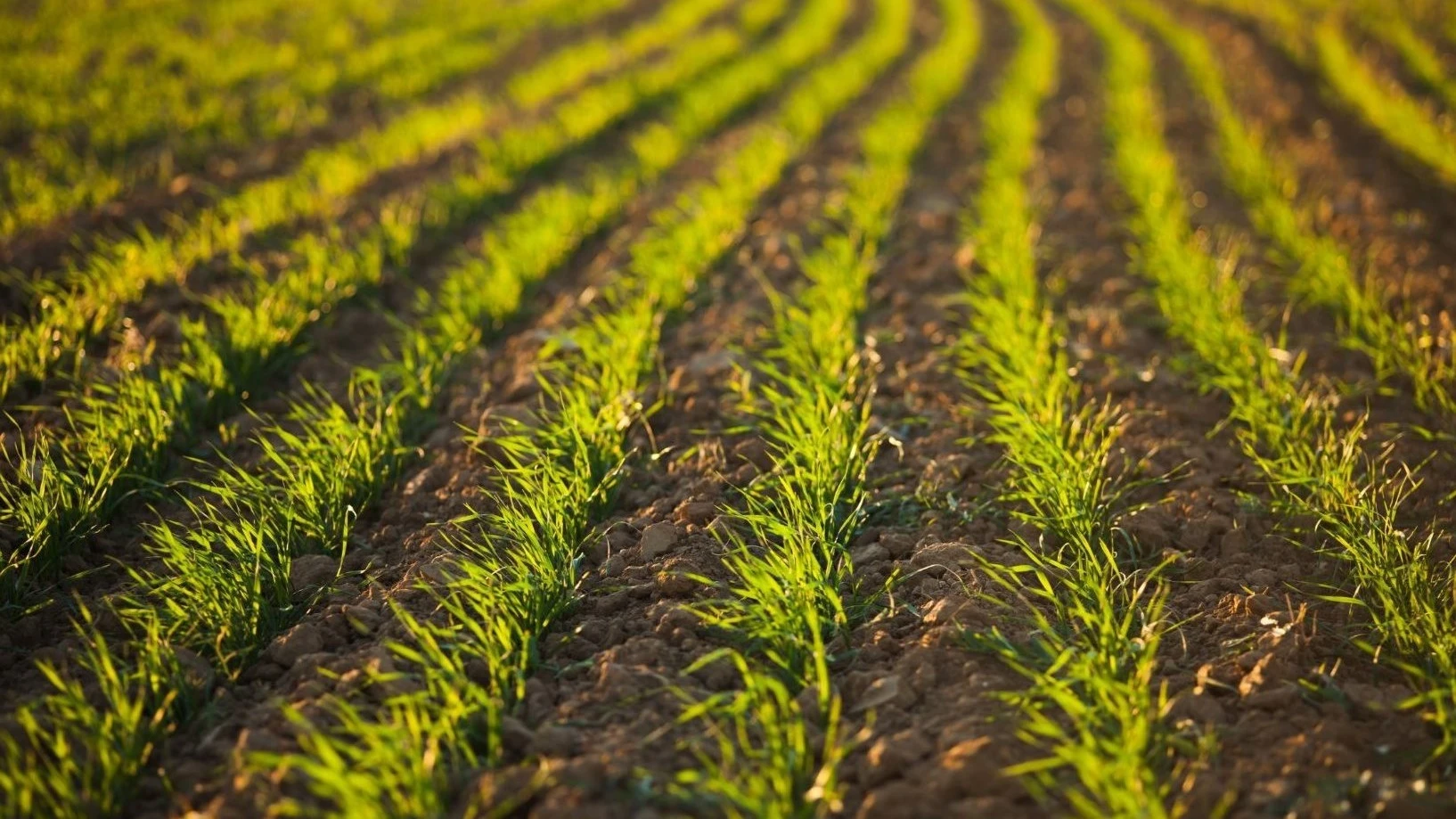Climate-smart farming yields plenty, despite the demanding preconditions

THERE is a recent report on climate-smart agriculture in Zimbabwe. Its focus is on a lady farmer proudly giving explanation on her lush green butter beans in the eastern part of the country, though many believe that the story lies elsewhere.
As many had given up on Zimbabwe as showcasing success in farming after ‘land grabs’ against settler farmers, the write-up provided a different image of the country.
One aspect is that indigenous farmers are succeeding in that field, with many having taken to climate-smart agriculture defying drought.
On the Tanzania scene as well, for the ageing class of farmers as well as youths now being enticed to join the sector, nothing is as therapeutic as to see choice legumes with ready export markets flourish under one’s care.
There are other things that would surprise a range of Tanzanian readers, as it is not often that a wide range of the public has a clear idea about global climate patterns.
We know of the recent El Niño, and in earlier years, as a situation inducing heavy rains, storms and floods. In Zimbabwe it is different, as lately they had an El Niño -induced drought and it is still ravaging parts of the country.
The Zimbabwean lady farmer being profiled, along with her husband just for the record, have harvested enough grain to last until the next harvest – despite the prevailing drought.
The profile says that this was largely thanks to climate-smart farming practices that ensure the sustainable use of land and resources.
This has seen many tags in the past – from the usual fertiliser tonnage to sprinkle irrigation. At some point, experts came up with drip irrigation (drops at intervals), while there is another method of farming with fertiliser and some water in a calabash, drum, bucket…
The farming couple originally stood where many of many Tanzanian farmers now stand, with declining harvests primarily due to deteriorating soil quality.
This particular Zimbabwean family took up conservation farming, digging holes for use as planting basins that retain moisture, thus allowing crops to thrive even with limited water.
The lady famer says that they realised that doing so was the only way to ensure that the soil was preserved and they continued to get high yields.
Even in skipping the details, it is clear that this is smart, digging holes and placing water as if in reservoir – with roots finding the water in times of drought.
The profile says conservation farming involves minimum soil disturbance, crop rotation and the use of mulch as crop residue. This helps to conserve moisture and suppress weeds, while manure improves the soil structure.
The lynchpin is that, on a small portion, one can harvest enough to sustain the family and sell a surplus.
A catch in the story is noticed in a rapid interview with an official of a smallholder organic farmers’ forum said to be organised and empowered by smallholder farmers practising sustainable, ecological agriculture. A package!
While farmers in Zimbabwe appear to be learning agro-ecology fairly rapidly, it isn’t clear how many of ours are making headway with that issue in various regions.
This readiness to learn (in Zimbabwe) does not appear to have been prompted only by drought but on the strength of relevant research and simplified extension systems focused less on fertiliser and administering the harvest (state collection of grain, etc).
It also has close links to the deployment of an array of tools and installations for adaptation to droughts, often a more persistent threat than floods. We need to ensure that we too make the jump.
Let us see if we have sufficient tools for an anti-microbial resistance drive
EFFORTS by the government in linking up with the United States Agency for International Development (USAID), which along with various other US agencies are easily the biggest bilateral supporter in the health sector, are taking a new accent.
The Prime Minister’s Office is coordinating an inter-ministerial ‘breakthrough action project’ to fight sources of antimicrobial resistance (AMR) among people and various types of livestock.
Even without seeing the project design, it can be safely assumed that they believe it can succeed if the relevant stakeholders play ball as expected.
An antimicrobial resistance checking project is surely taking off, involving various sectors and thus a range of regulatory confinements, structures of demand for goods or services.
It is this aspect that the project seeks to influence, at least in terms of the ‘behaviour’ of the relevant stakeholders and sector participants.
According to the Health minister, the campaign is directed against recklessness in drug use as it is often costly to users and impacts profitability in the targeted sectors. That is entirely true, yet confronting it demands change in behaviour, a knotty issue.
The thrust of the campaign is on antimicrobial resistance in hospital treatment and in veterinary services – which experts know as zoonotic diseases.
Antimicrobial resistance is said to develop in each instance of faulty use of drugs in human treatment and for various types of livestock.
This demands that the net be cast much wider until everyone correctly follows drug use instructions. Without being an expert, it would be interesting to find out how far this is checked for detailed instructions and followed as it stands.
The minister was emphatic that campaigning against the spread of zoonotic diseases works at the local level to develop community awareness on the need to take up preventive action.
Drug resistance is a serious challenge, yet we do not appear to have the social or psychological layout we need to exercise choices standing a good chance of blocking the spread of antimicrobial resistance.
While at an individual level we make an effort to cut corners to reduce drug costs or hospital visitations, prescription is frequently in excess.
The campaign referred to may inform people of the ill-effects of recurrences of disease, but chances of effectively reducing careless drug use are minimal. One reason is that there is a definite price tag to following prescription and affording the costs involved.
It has long been said that it is very expensive to be poor, as poor countries indeed have a disproportionate burden of disease and are unable to build many hospitals and run them to satisfaction.
An inevitable result here is that the burden keeps swelling, with antimicrobial resistance one of those extra costs of being poor – in the sense of inability to afford prescription costs.
Top Headlines
© 2025 IPPMEDIA.COM. ALL RIGHTS RESERVED

















